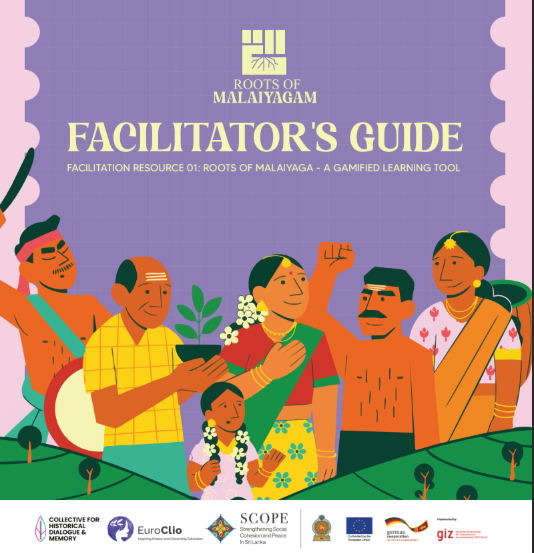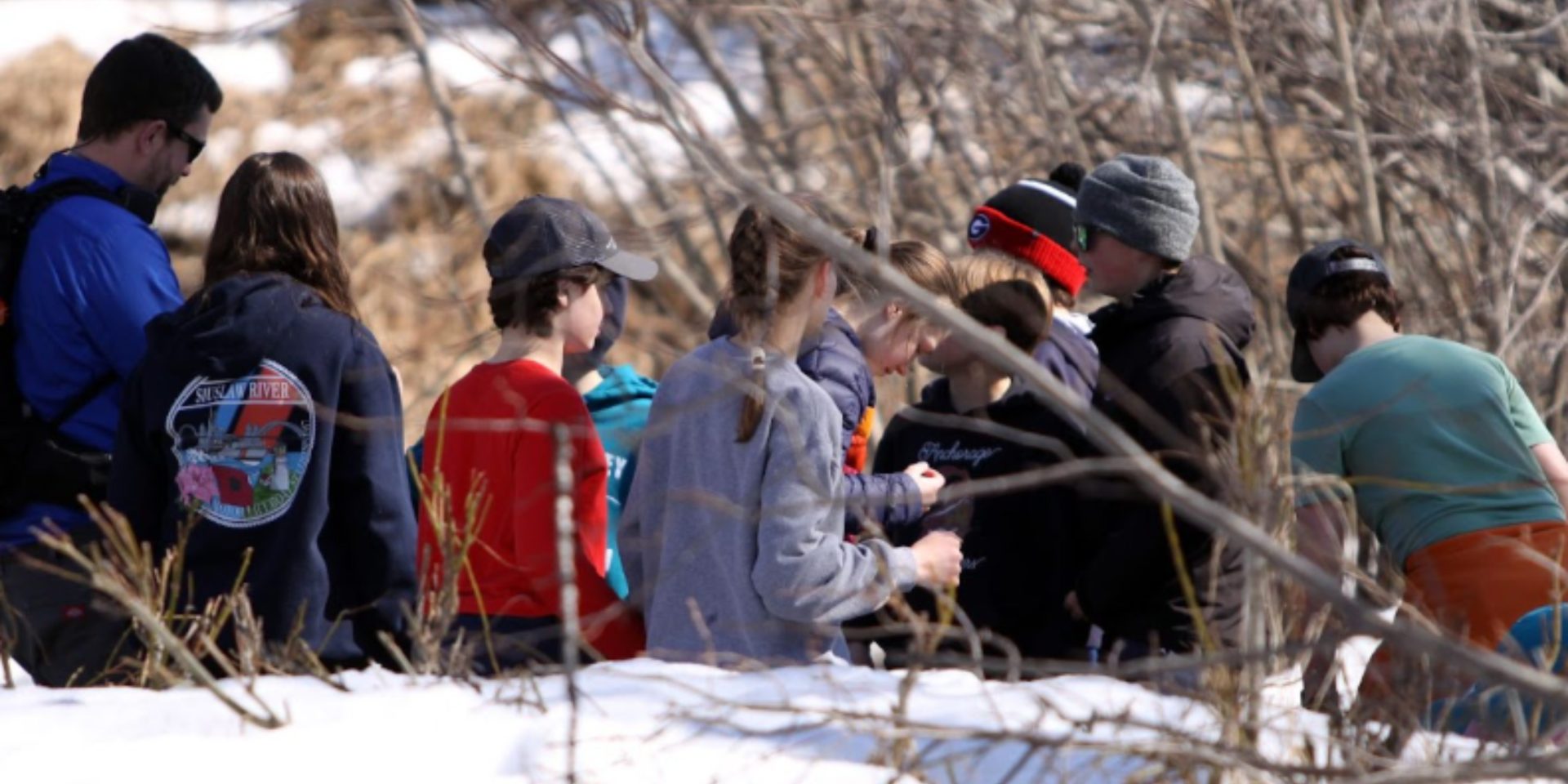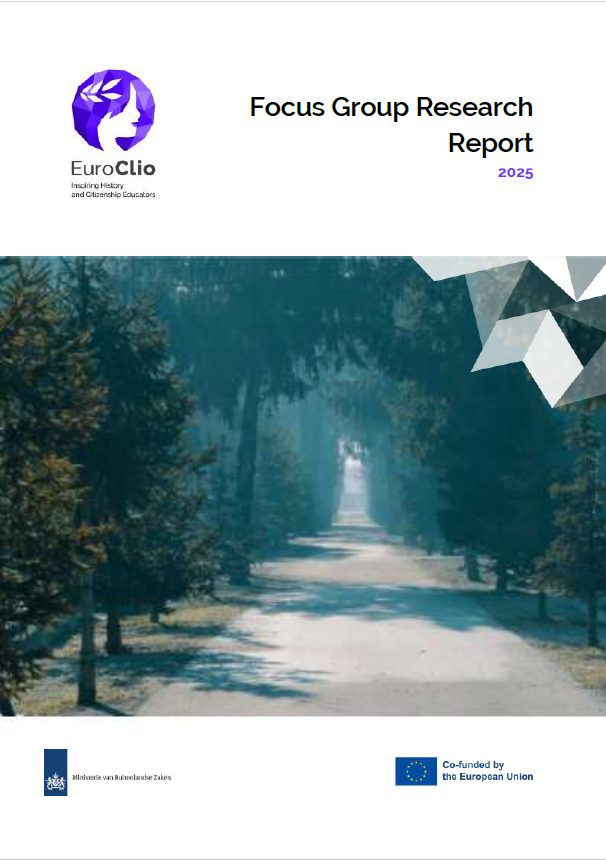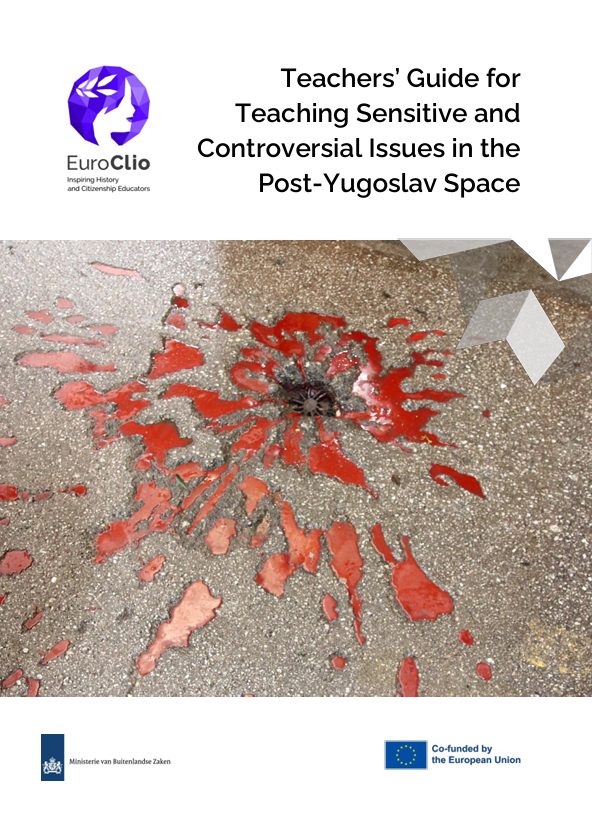This simple yet highly effective practice is based on the re-enactment of popular games part of popular cultural heritage as a means to teach pupils not only Ancient (Roman and Greek) history, but also and most importantly the importance of teamwork and of treating each other as peers and relying on each other. As such, it is a practice highly suitable for the teaching of basic citizenship values, as well as an introduction for history classes. This practice is successful in that it favours learning, promotes fantasy and integration and facilitates communication.
The Practice
This practice helps teaching students understand the importance of team working and of taking ownership of their own actions, the fact that all actions have consequences, while engaging them in the active learning of popular cultural heritage, represented by four popular games. In addition, it serves as a preliminary introduction for the study of Greek and Roman civilization, and as a means to fix their knowledge.
It revolves around 4 steps.
1. During the first phase, Florenca proposes the four games to the students, and lets students express their desire as to which game they would like to play. This phase is very important, because students usually choose games according to the skills they possess. Some are strong physically, some are really good in developing strategies, some have very good memory, etc. Some prefer to participate in individual games, some to be part of a team, because they do not have a high self-esteem or do not feel ready to take on the responsibility of succeeding or failing alone.
2. After students have expressed the desire to play, the rules of the games are explained to them. Florenca uses four different popular and historical games, which are listed below with their main rules.
3. Once all students have understood the functioning of the game, they make teams, and the game begins. It is important, in this phase, that more than one round for each game is made, so that all students can play in the various roles (as captain, strategist, judge…). In this way, the learning and the fun are maximised for all of them.
The four games among which students can choose are:
- A Game with swords. This game re-enacts sword fighting as it was done by gladiators in ancient Rome.This is an individual game: two students participate, everyone with a (toy) sword, and after the teacher’s signal, they need to simulate a real sword battle. The first who wins to rounds, wins the game.
This game helps students develop a sense of ownership of their own actions: since it is played by individuals, responsibility for the victory or for the defeat lies all on the player. - Rope pulling game.In this game, the whole class can participate. Divided in two groups, students have to pull a rope with as much strength as they can, so as to ‘drag’ the other team in their side of the field.
By playing this game, students implement their ability to work in teams, and to share responsibilities for victories and defeats. - Game with disc jigsawThis is another individual game: students are provided with a disc and asked to throw it as far as possible, as if they were Olympic athletes. This game can also be used as introductory element for lessons about ancient Greece.
It promotes, as the game of swords, students’ sense of ownership of their own actions. In addition to this, it shows students the cause-effect relation between actions: the amount of strength put in the launch is directly proportional to the result. - Memory gameIn this game, students are given the world map, and have to place on the map early civilisations (Ancient Egypt, Sumerians, …). This game can be used, therefore, to fix notions after history lessons.
This game helps students develop their reasoning competences. Often, in fact, students know or remember small details about such civilisations, and have to infer from such details the correct location.
4. Finally, the class is drawn together to reflect on the lessons learned during the day. In this phase, the teachers might ask some broad questions to start and guide discussions on:
- team work and responsibility, developed compared and contrasting the rope pulling game with either the game of swords or the disc game. This discussion can be sparked by the question: “how did you feel when you won/lost? And when your team did?”;
- Cause/effect relations. This concept can be developed starting to the question “If you had thrown the disc harder, what would have been the consequence?”;
- Ancient civilisations, which can be introduced by asking questions such as “Do you know who used to play the Disc Game in the past?”, or consolidated by means of the memory game.
The effect of the practice
The use of popular games has a highly positive effect on students. In her experience, Florenca has noticed that, for instance, it helps students developing problem solving skills, it supports pupils’ physical development, and soothes emotional clashes and quarrel between students.
It has effects also on students social skills, teaching students how to respect each other, wait in line for their turn, respect rules and communicate clearly and politely face-to-face. Finally, team games help with the teaching of cooperation skills and importance of sharing. Therefore, it is advisable to implement such practice at the beginning of the school year, using it as a Team Building exercise.
The practice, furthermore, helps teachers sparking students’ interest in history, showing them that whenever we speak of civilisations which existed thousands of years ago, we ultimately make reference to people just like us, who liked games, and preferred winning over losing.
Florenca tried to assess the effect of the practice on her students by means of questionnaires to be compiled before and after the “game day”, and was positively surprised by the answers: many students recognised that their understanding of the concepts of team and of responsibility had become clearer, together with their awareness of each other’s different abilities. They said they were more willing to accept and support their diversities.
About the interviewee
Florenca Stafa is history teacher in a secondary school, and deals with pupils aged 12-15. She also works as lecturer at the University of Elbasan for the course “The methodology of history teaching”, at Master level.
Background information
Florenca started to implement the practice as a means to promote a better understanding and implementation of theoretical concepts and values. She recognized that students appreciated the opportunity to learn while having fun, and started to mainstream the practice in her classes.
Additional Information
Usually, it takes around 90 minutes to carry out the practice making sure that every student has the opportunity to play, and that enough space is left for the final discussion.
It is better to carry out the games, especially the sword, the rope pulling, and the disc game, in a garden or a backyard.
What is needed are:
– wooden swords;
– a rope;
– a disc (which can be substituted by a stone);
– maps of the world;
– helmets (especially for the game of swords).
Written by Florenca Stafa (University of Elbasan) in Elbasan on 20/07/2018.





